Monument Valley is a big place. It stretches across two states and given the type of terrain encompassed within its borders it requires a huge amount of upkeep. It also gets an enormous number of visitors every day who traipse across its surface, leaving footprints, disturbing the details that make up the various dunes located throughout the park, and generally causing the park to get a slightly tired look by the end of the day.
The Navajo people own Monument valley and do their very best to keep the park pristine. You won’t find any litter along the roadways, or plastic bags stuck in the sagebrush here. But as we mentioned before Monument valley is a big place and there aren’t enough Navajo to get out everyday and tidy up all the aspects of the park that need looking after. That’s where the volunteers come in.
Each morning before the park opens residents and docents of the valley get out at the first sign of dawn long before the park opens for business, and check their areas. Perhaps a wind came through and erased some of the picturesque furrows that give the red sand dunes their distinctive look. Or a passing night hunter came along and left their tracks behind.
That’s what occurred last night when a coyote spent some time on this dune waiting for something unwary to make itself known. Fortunately for them nothing did and the coyote moved on to better hunting grounds leaving just a few of its tracks in the sandy surface. Jack Rabbit, the overseer of this particular dune, is out inspecting the damage. Fortunately this disruption can be repaired by Jack himself with just a few tamping’s of his big flat feet and a quick roll over on the effected area and the dune will look pristine again.
This little repair was easy, but occasionally one of the large herd of sheep and goats that roam through the park will pass directly over the dune Jack is responsible for. That’s when catastrophe strikes. Dozens upon dozens of hooves tramp across the dune breaking down the edges, leaving deep footprints in the soft surface of the dune, even tearing out the occasional foliage, creating damage that is much too much for Jack to take on himself. That’s when he calls out the big guns. The park’s maintenance team.
The maintenance team is a large group of paid workers made up of Jackrabbits, voles, a large hawk too old to hunt any more who uses his strong wings to brush the surface of the sand dune smooth again and in return is allowed to occasionally borrow one of the mice or voles for dinner, are just a few of the members that make up the maintenance team. This crack team of highly trained professionals rush to damaged areas within the park and perform the triage needed to get the park back up and running in no time at all. They are the unsung heroes of the park, along with Jack and the many other volunteers who spend their time making sure the park is in perfect condition each day when it opens.
They are all part of the Dune Patrol, those tireless workers who keep Monument valley ready for us to view its wonders everyday of the year. Thanks guys, keep up the good work.

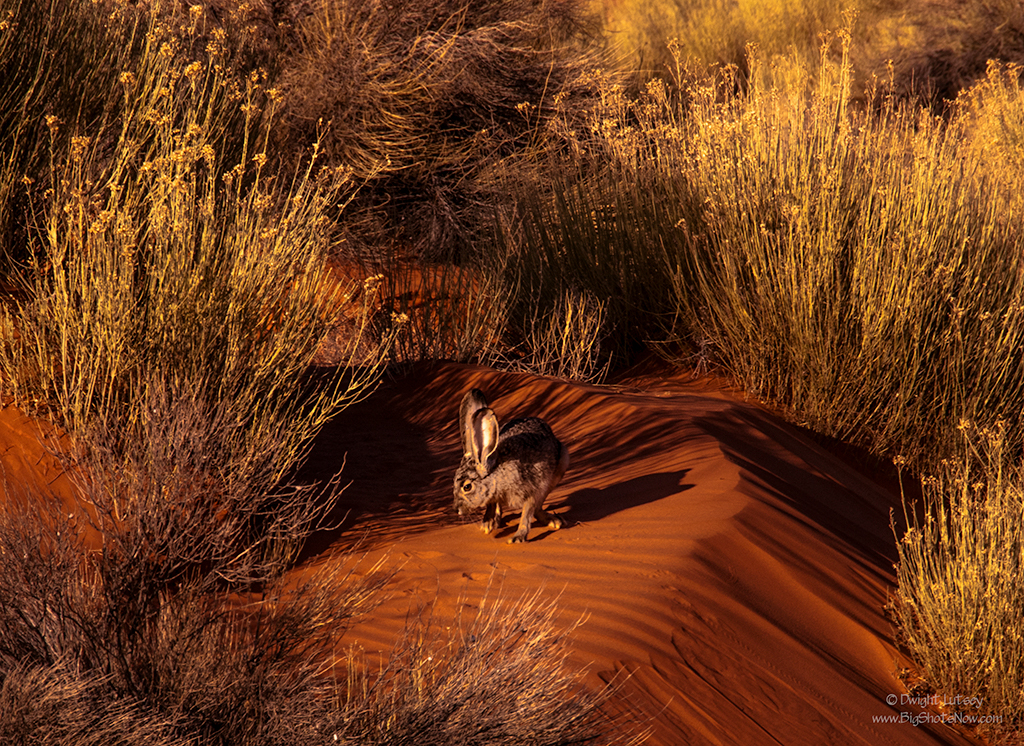
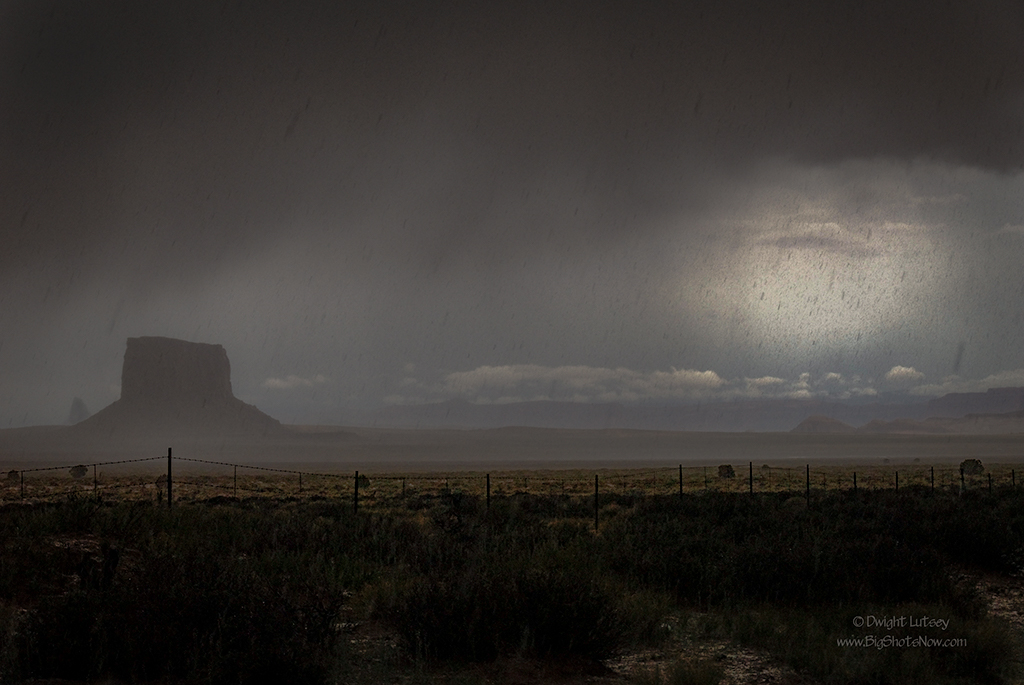
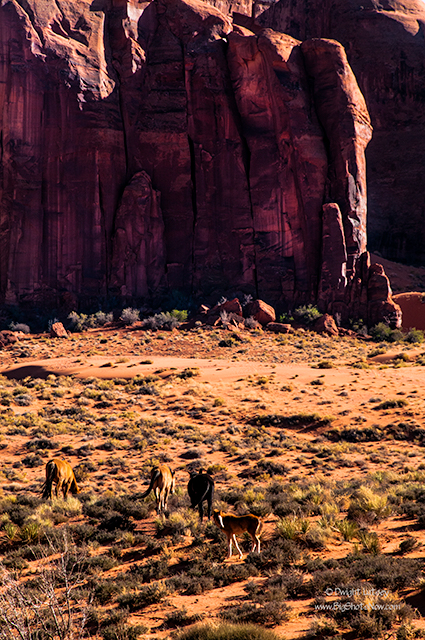

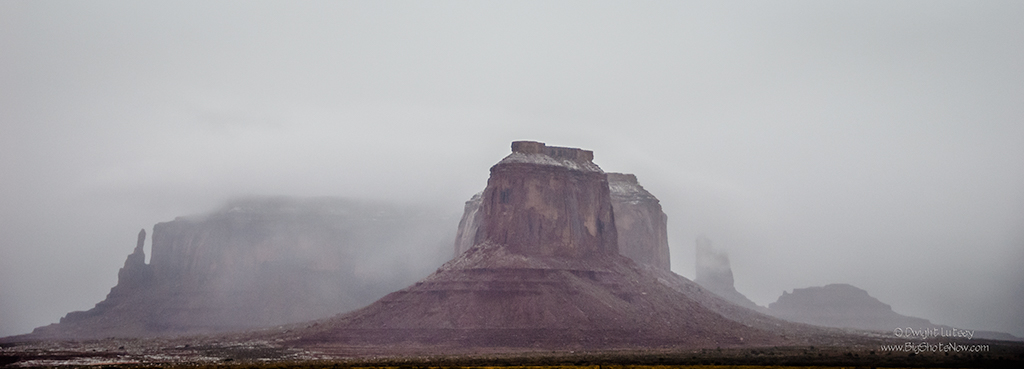
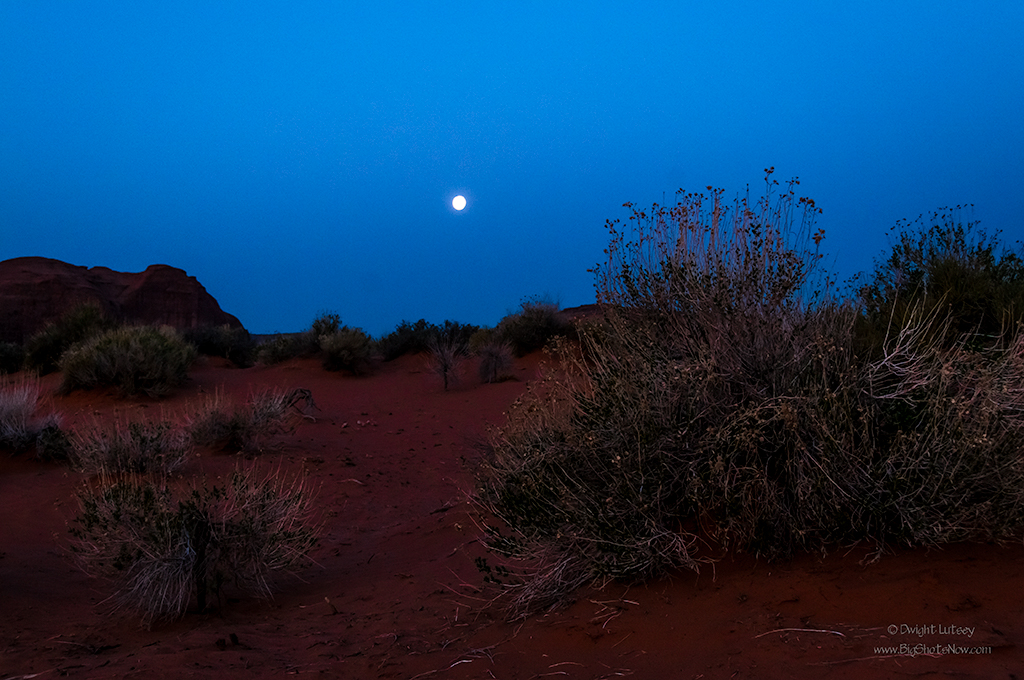
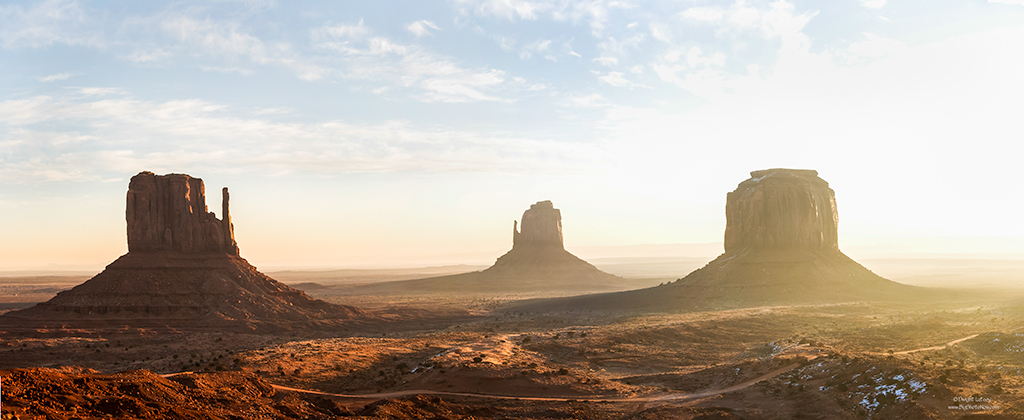
You must be logged in to post a comment.